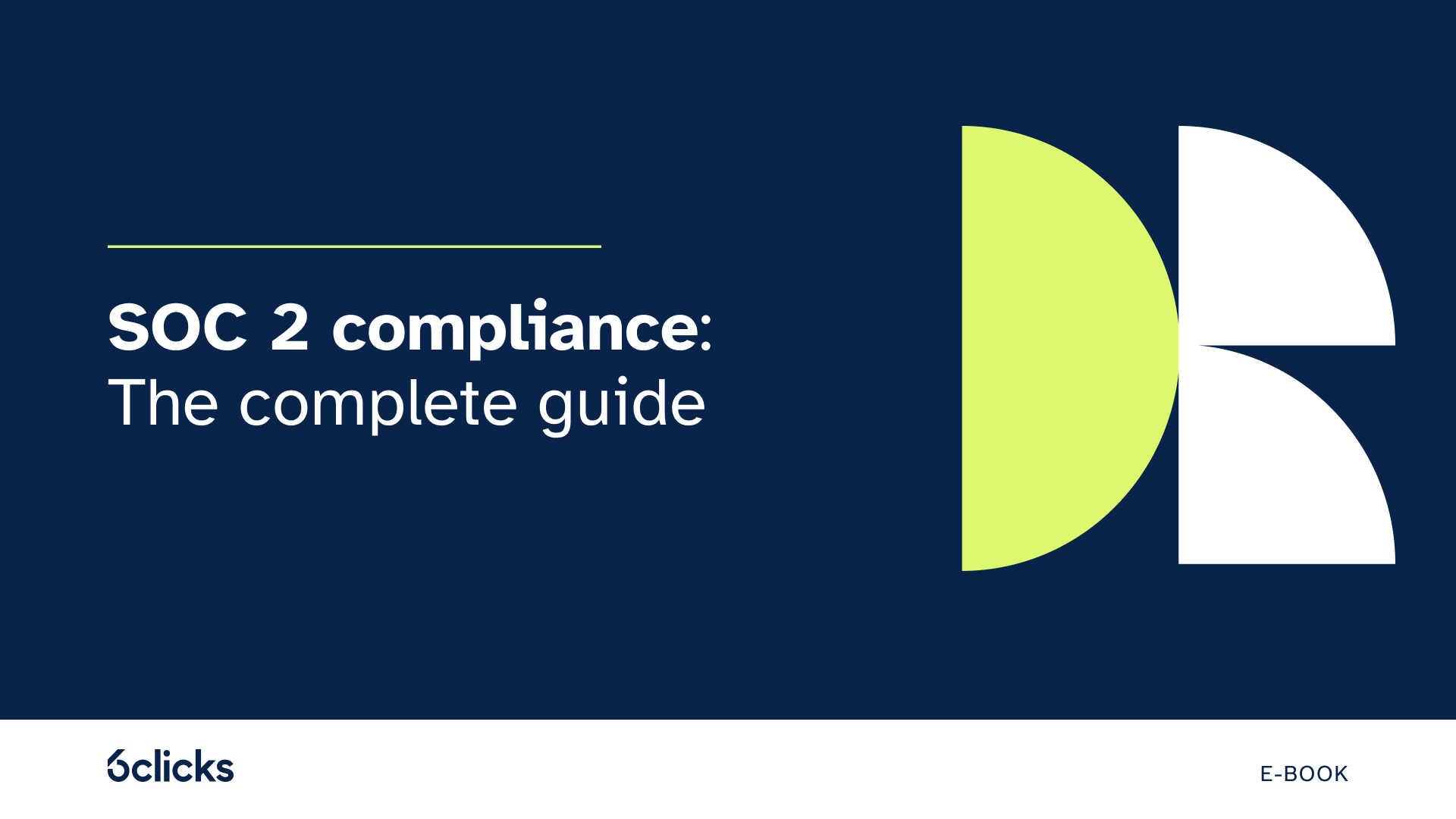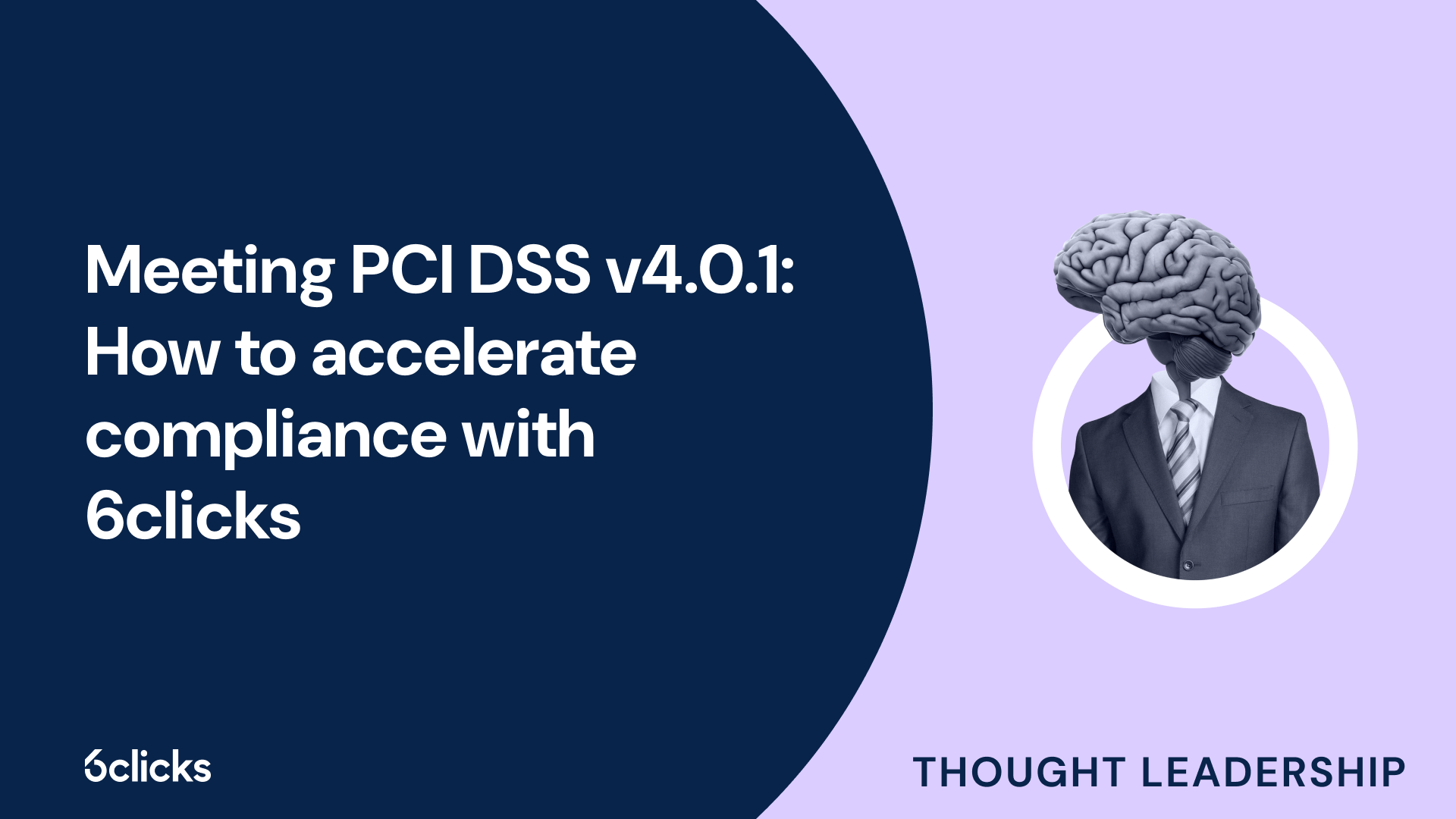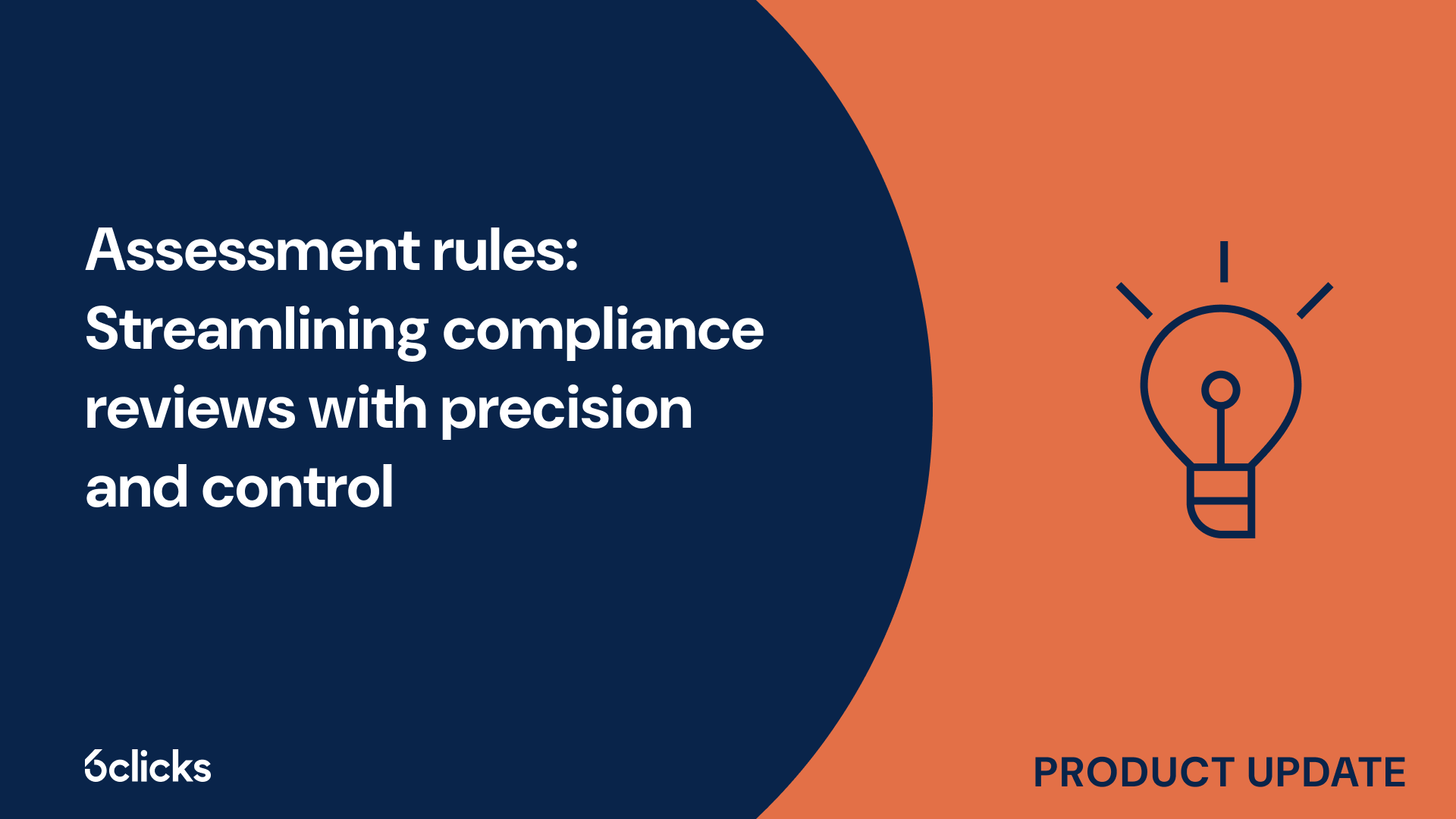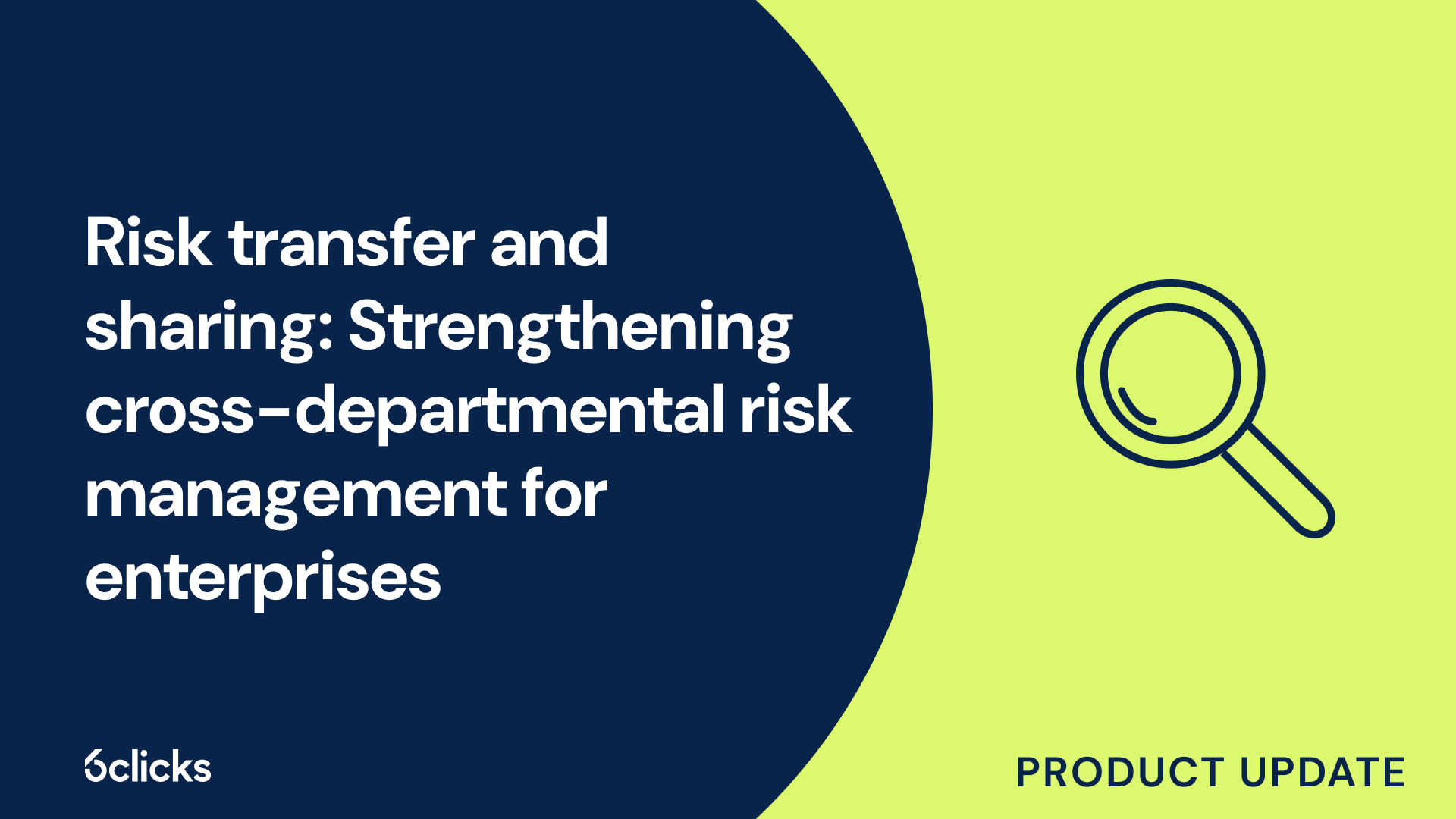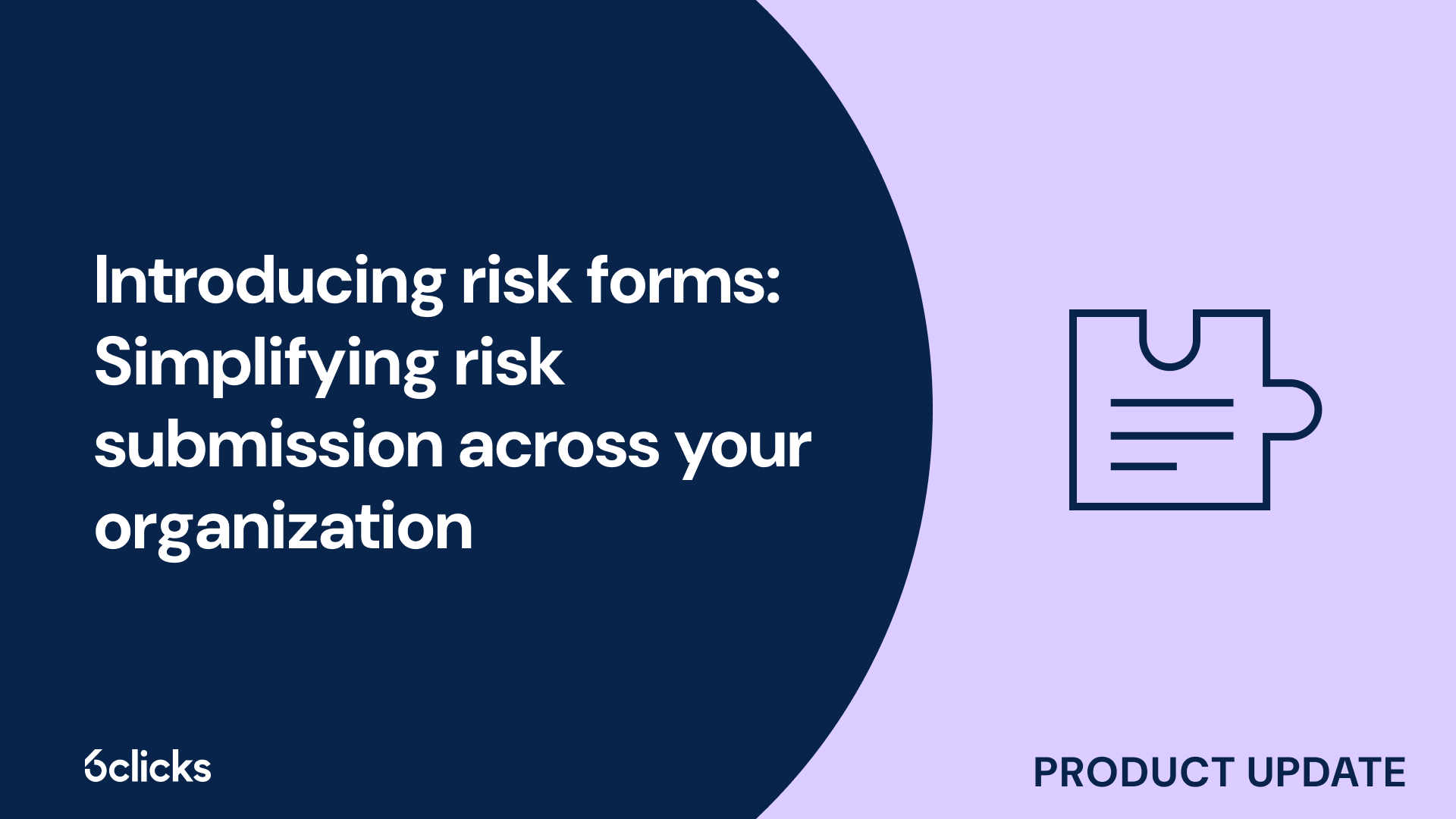The GRC buyer’s guide for 2025: Building resilience with AI-powered, federated solutions
Discover the ultimate GRC buyer's guide for 2025! Uncover how AI-powered, federated solutions transform compliance and security management for industries like government, aerospace, banking, and more. Learn about centralized control, continuous compliance, and advanced cyber GRC capabilities. Download now!
-1.png?width=200&height=249&name=Group%20193%20(1)-1.png)
The GRC buyer’s guide for 2025: Building resilience with AI-powered, federated solutions
Which types of risks occur from fluctuations in business conditions?
Business conditions are constantly changing due to economic, political, technological, and market-related factors. These fluctuations create various risks that can significantly impact businesses, affecting their profitability, stability, and long-term growth. Understanding these risks is crucial for businesses to develop strategies that mitigate their impact. Below are the primary types of risks that arise from fluctuations in business conditions.
1. Market risk
Market risk occurs when changes in demand, competition, or consumer preferences affect a business’s sales and revenue. Economic downturns, shifts in consumer behavior, and new market trends can lead to declining profits or increased competition. For instance, a sudden rise in inflation may reduce consumer purchasing power, leading to lower sales for businesses.
2. Financial risk
Financial risk is associated with changes in interest rates, currency exchange rates, and access to capital. If interest rates rise, businesses may find it more expensive to borrow money, affecting their expansion plans. Additionally, currency fluctuations can impact companies that operate in international markets, as unfavorable exchange rates can reduce profitability.
3. Operational risk
Operational risk arises when internal processes, supply chains, or workforce efficiency are disrupted due to changes in business conditions. Natural disasters, labor shortages, cyber-attacks, or unexpected disruptions in supply chains can lead to delays in production, increased costs, and lower productivity. For example, if raw material costs rise due to supply chain disruptions, manufacturing businesses may struggle to maintain profit margins.
4. Credit risk
Credit risk refers to the possibility that customers or business partners may default on payments due to financial instability. During economic downturns, businesses may experience delayed payments or unpaid invoices, affecting cash flow. A high level of credit risk can lead to liquidity problems, making it difficult for a company to cover operational expenses.
5. Regulatory and compliance risk
Governments and regulatory bodies frequently update policies, laws, and tax regulations in response to changing economic and political conditions. Businesses must comply with these changes to avoid penalties, fines, or legal consequences. For instance, new environmental laws may require companies to invest in sustainable practices, increasing operational costs.
6. Strategic risk
Strategic risk arises when a business fails to adapt to changing market conditions or technological advancements. Companies that do not innovate or adjust their business models to meet evolving industry trends may lose their competitive edge. For example, businesses that did not embrace e-commerce during the digital transformation era struggled to survive in an increasingly online-driven economy.
7. Reputational risk
Reputational risk occurs when fluctuations in business conditions lead to negative public perception. Poor financial performance, product recalls, or unethical business practices can damage a company’s reputation, leading to a loss of customer trust and brand value. Managing reputational risk requires proactive public relations and transparency in business operations.
Read more: Enterprise Risk Management (ERM): Key types of risks
Conclusion
Fluctuations in business conditions introduce several types of risks, including market risk, financial risk, operational risk, credit risk, regulatory risk, strategic risk, and reputational risk. Businesses must continuously monitor market trends, develop risk management strategies, and stay adaptable to navigate these challenges successfully. By understanding these risks and taking proactive measures, companies can safeguard their operations and maintain long-term growth despite unpredictable economic conditions.
Optimize your risk management strategy by leveraging 6clicks
- Conduct risk assessments, monitor vendor risks, create risk treatment plans, and implement security measures, all in one platform
- Automate risk identification and remediation using AI to enhance accuracy and efficiency
- Utilize built-in content such as risk libraries, compliance frameworks, and control sets to streamline processes




